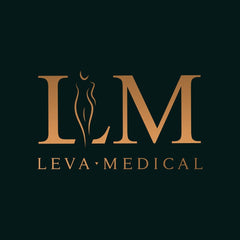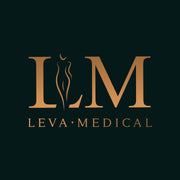Skin Tightening
CO2 Laser Treatment for Under-Eye Areas
CO2 laser treatment can be used specifically to treat the under-eye area, which is often done to reduce wrinkles, fine lines, and bags under the eyes. It's a popular option due to the fact that this area of the face is particularly prone to showing signs of aging.
How It Works
The CO2 laser emits short bursts of high-energy light. When this light hits the skin, it vaporizes the water in the skin cells, which leads to the removal of the skin's surface layers. This process stimulates the underlying skin cells to produce more collagen, leading to improved skin elasticity and firmness. When used under the eyes, it can help reduce the appearance of tiredness and age.
Procedure
The procedure usually takes place in a doctor's office or clinic. Local anesthesia is applied to the area to numb any discomfort, and the patient may also be sedated, depending on the individual case and physician's recommendation. The procedure's duration varies, but generally lasts between 30 minutes to an hour for the under-eye area.
Recovery and Results
Post-treatment, the skin will likely be red and swollen, which is a normal part of the healing process. Cold compresses can help reduce this swelling, and your doctor will provide specific aftercare instructions. Over the next week or two, the skin will heal and new skin will grow in the treated area. The redness can last for several weeks to months but should gradually reduce over time.
The results can be quite dramatic, with a noticeable reduction in fine lines and wrinkles, leading to a more youthful appearance. Depending on the condition of the skin to begin with, you may need multiple treatments to achieve the desired results.
Risks and Side Effects
As with any medical procedure, there are potential risks and side effects. These may include temporary or prolonged redness, lightening or darkening of the skin in the treated areas, infection, or scarring. People with darker skin tones are at higher risk for skin discoloration following treatment. If the laser is used too aggressively, there can also be changes in the skin texture.
Considerations
Not everyone is a good candidate for CO2 laser resurfacing. Those with certain skin types, skin tones, and medical conditions may not be suitable for this treatment. It's crucial to consult with a qualified healthcare provider to discuss whether this is the right option for you. This procedure is considered cosmetic and is typically not covered by insurance. Costs can vary widely based on location, provider, and extent of treatment.
Overall, CO2 laser treatment for under-eye areas can be a powerful tool for rejuvenation, but it's important to have a thorough understanding of the procedure, potential risks, and recovery process before proceeding.

